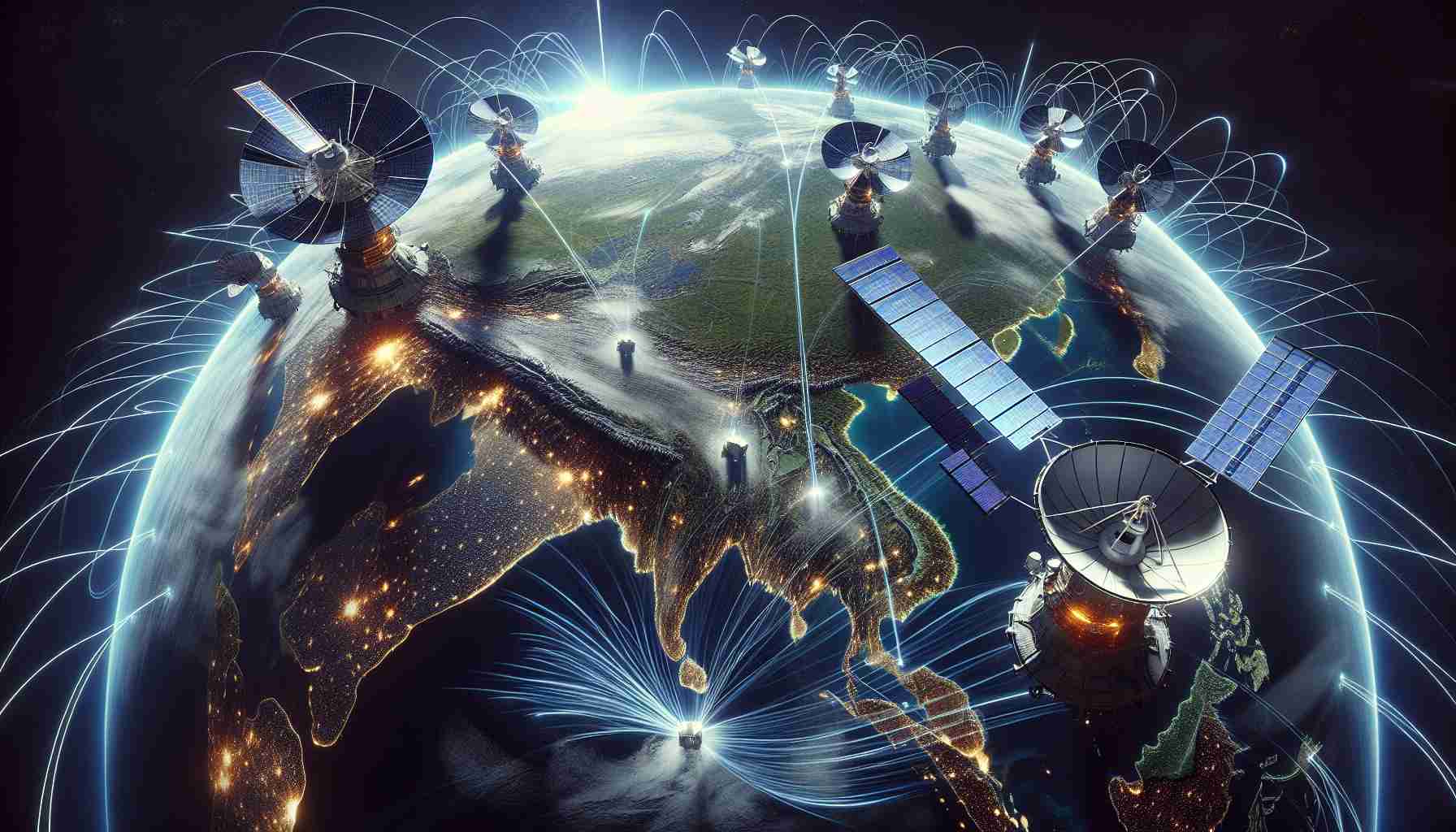
HERNDON, Va., Oct. 23, 2024 – ST Engineering iDirect has been chosen to take part in the second phase of Indonesia’s Satria-1 satellite project, a continuation of its earlier successful contributions. This initiative aims to enhance internet connectivity in the vast and often isolated Indonesian Archipelago.
The project’s innovative technology and swift execution have played a crucial role in extending high-speed internet to remote areas. The upcoming expansion will add 26Gbps of capacity through new gateways located in Timika, Manokwari, and Jayapura, significantly improving access to essential services like education and healthcare across nearly 150,000 public service sites.
In Phase One, the implementation of ST Engineering iDirect’s Dialog platform made it possible for approximately 45 million Indonesians to gain internet access. This groundwork is particularly vital as it addresses current connectivity needs while anticipating future technological advancements.
Both companies involved have expressed strong confidence in the project’s success. For instance, the CEO of PT Bis Data Indonesia acknowledged the critical role of advanced satellite technology in achieving connectivity goals, emphasizing their solid partnership with ST Engineering iDirect.
The Satria-1 satellite, launched in 2023, has emerged as a cornerstone in bridging digital gaps in Asia. With the Indonesian government pushing for rapid deployment, this collaborative effort promises not just immediate benefits, but a robust infrastructure ready to accommodate the increasing demand for satellite services in the future.
Expansion of Satellite Communication Network in Indonesia: Paving the Way for Digital Inclusion
The advancement of satellite communication networks in Indonesia is becoming increasingly vital as the country strives for comprehensive digital inclusion. With a population spread across more than 17,000 islands, achieving efficient internet connectivity has been a longstanding challenge. However, satellite technology is emerging as a transformative solution to address these hurdles.
What are the key benefits of expanding satellite communication in Indonesia?
The expansion of satellite communication networks provides several advantages:
1. Universal Coverage: Unlike terrestrial networks, satellites can reach remote and underserved areas, encompassing regions where traditional infrastructure is either impractical or too costly to deploy.
2. High-Speed Internet Access: The Satria-1 satellite project, for instance, significantly enhances bandwidth, offering speeds that support modern applications such as telemedicine, online education, and e-commerce.
3. Disaster Recovery: Satellite networks are resilient during natural disasters, which are common in the Indonesian archipelago. They can provide reliable communication when terrestrial systems fail.
What challenges or controversies are associated with expanding satellite communication networks in Indonesia?
Despite its advantages, the expansion of satellite communication in Indonesia faces several challenges:
1. Cost: The initial investment for satellite launch and infrastructure can be substantial. Although government support and partnerships with private firms may alleviate some financial burdens, the costs remain a concern.
2. Regulatory Hurdles: Navigating the regulatory landscape in Indonesia can be complex, with differing regulations across regions affecting project timelines and implementation.
3. Environmental Impact: Concerns have been raised regarding the environmental impact of launching satellites and the space debris they potentially contribute to.
What are the potential downsides of the satellite communication expansion?
While satellite communication greatly enhances connectivity, there are some disadvantages to consider:
1. Latency: Satellite internet services may suffer from higher latency compared to fiber cables, which can affect real-time applications such as gaming or video conferencing.
2. Weather Sensitivity: Satellite signals can be disrupted by adverse weather conditions such as heavy rain or storms, leading to temporary loss of service.
3. Digital Divide: While satellite communication increases access, it does not necessarily address all aspects of the digital divide, such as digital literacy and device affordability.
Conclusion
The expansion of Indonesia’s satellite communication network, particularly through initiatives like Satria-1, represents a significant step toward bridging the digital divide in this diverse archipelago. Moving forward, it will be essential for stakeholders to address the financial, regulatory, and environmental challenges to create an inclusive digital future for all Indonesians.
For further information on satellite communication advancements, visit ST Engineering.



